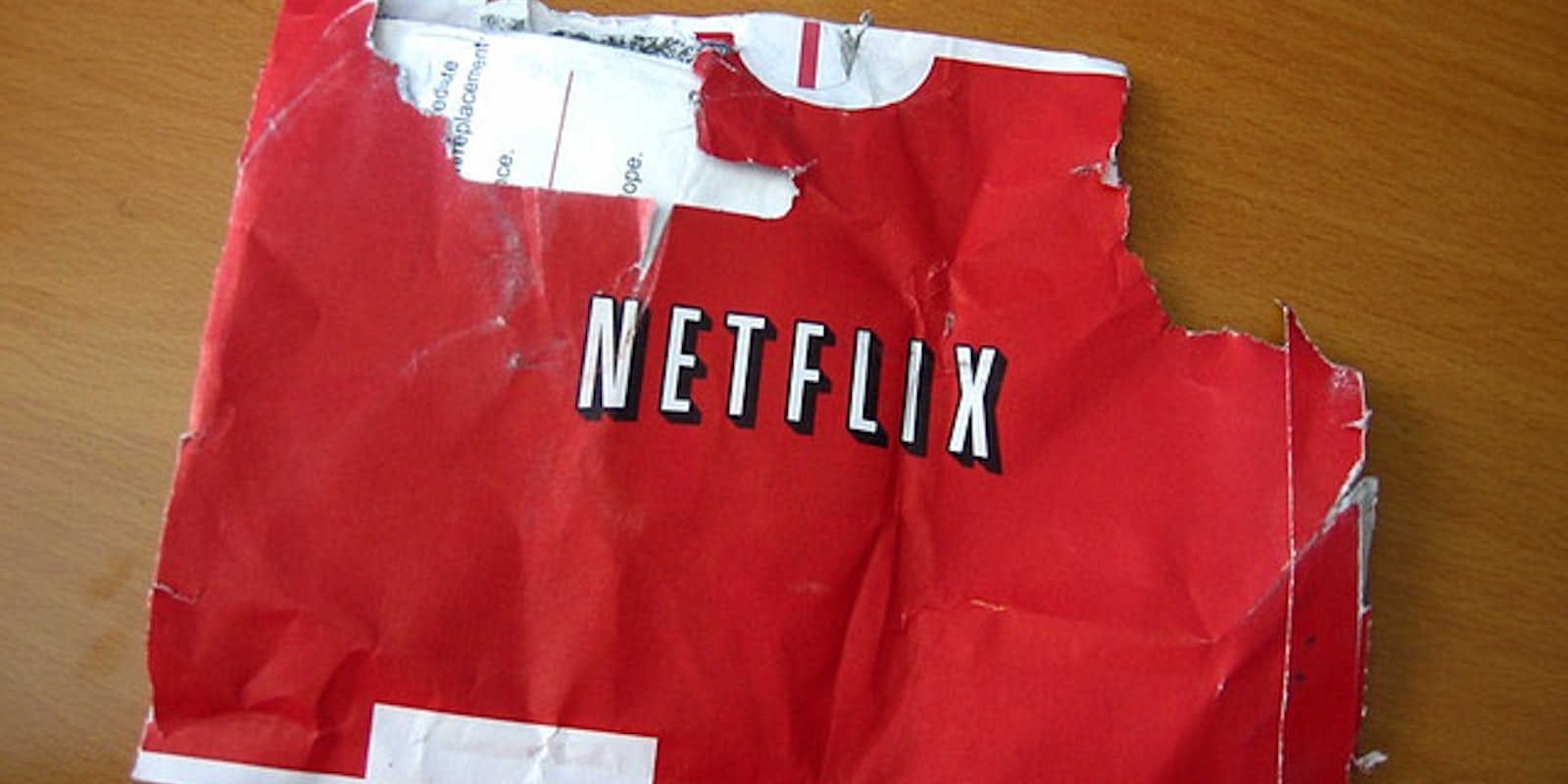A seemingly innocuous Facebook post has gotten Reed Hastings in hot water.
In July, the Netflix CEO posted a status update on his own Facebook page congratulating his Chief Content Officer Ted Sarandos for playing a key role in the company surpassing the 1 billion monthly hours watched threshold. Hastings, encouraged by the milestone, stated to his more than 200,000 followers that they’d do even better when their original programming becomes available in the near future.
“Congrats to Ted Sarandos, and his amazing content licensing team. Netflix monthly viewing exceeded 1 billion hours for the first time ever in June. When House of Cards and Arrested Development debut, we’ll blow these records away. Keep Going, Ted, we need even more!”
It turns out that those 43 words were more than just a pat on the back. For the Securities and Exchange Commission (SEC), Hastings’ public statement wasn’t public enough.
On Thursday, Hastings once again took to Facebook to disclose that the SEC is strongly considering bringing civil action against them for violating the Regulation Fair Disclosure rule (Reg FD), an SEC regulation enacted in 2000 requiring all publicly traded companies to disclose materials to all investors at the same time. The Reg FD aims to ensure that all investors have equal access to material information. Most companies fulfill this legal obligation by pushing out mass press releases.
The SEC is arguing that Hastings and Netflix didn’t properly disseminate the alleged material information, the fact that Netflix subscribers had streamed more than 1 billion hours of content in June.
“The SEC staff believes that I gave you all “material” investor information in my post and that we needed to instead release the June viewing fact ‘publicly’ with an 8-K filing or press release,” Hastings wrote on his Facebook wall.
A Form 8-K is a document publicly traded companies file with the SEC whenever they have a big announcement to make, like the firing or hiring of a new CEO or announcing mass layoffs.
For his part, Hastings is challenging the assertions made by the SEC.
He first contends that using his own Facebook page to disperse information, given how many subscribers he has, is public enough.
“First, we think posting to over 200,000 people is very public, especially because many of my subscribers are reporters and bloggers.”
The CEO also maintains that the nature of the information contained in his July Facebook post wasn’t “material.” If it had been, he and his company would have used an alternative form of communication to publicize it.
“[While] we think my public Facebook post is public, we don’t currently use Facebook and other social media to get material information to investors; we usually get that information out in our extensive investor letters, press releases and SEC filings.”
He adds:
“We think the fact of 1 billion hours of viewing in June was not ‘material’ to investors, and we had blogged a few weeks before that we were serving nearly 1 billion hours per month.”
This incident does a great job at highlighting how the advent of social media changes the ways things were previously done. The aforementioned Reg FD rule was enacted in 2000, at a time where platforms like Twitter and Facebook didn’t exist.
It’s also no longer out of the norm for companies to use these forms of communications to highlight important changes. Facebook, for example, has repeatedly used its own platform to tell its more than one billion users of upcoming changes to its two governing documents. This information seems to be more material than the fact that millions of Americans spent their evenings watching Netflix.
Photo via Ross Catrow/Flickr


